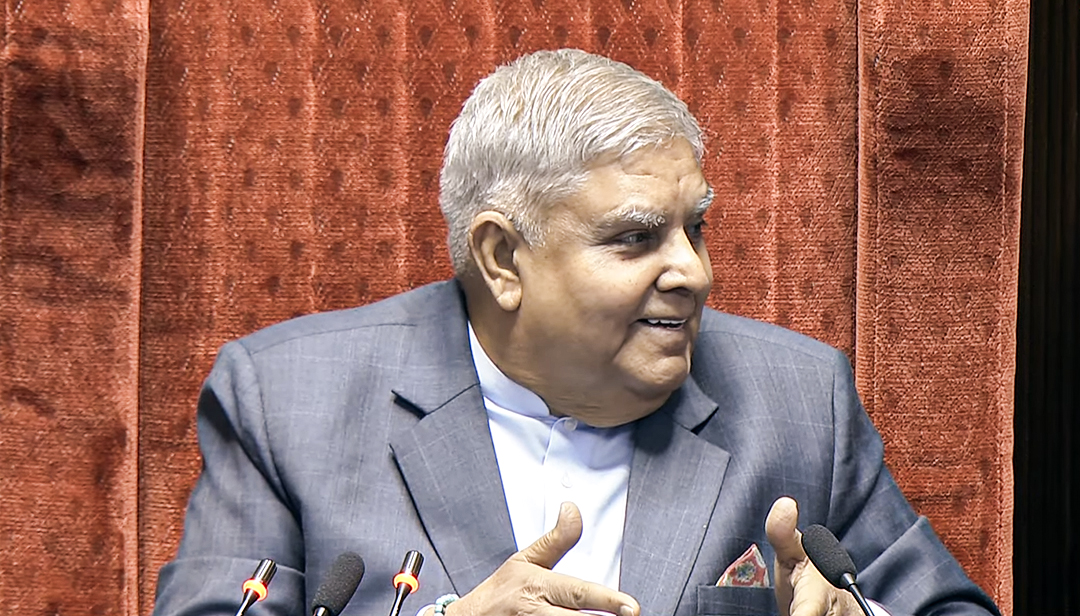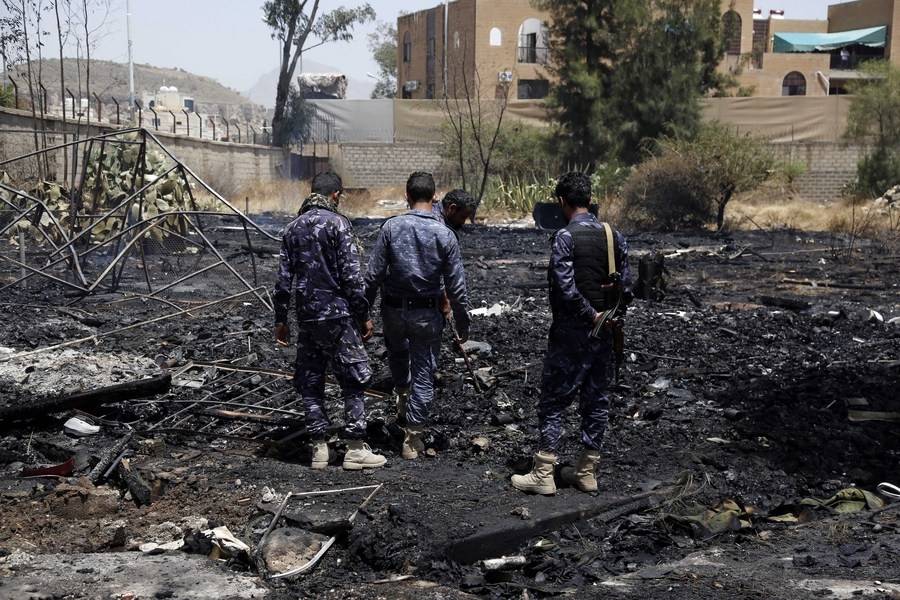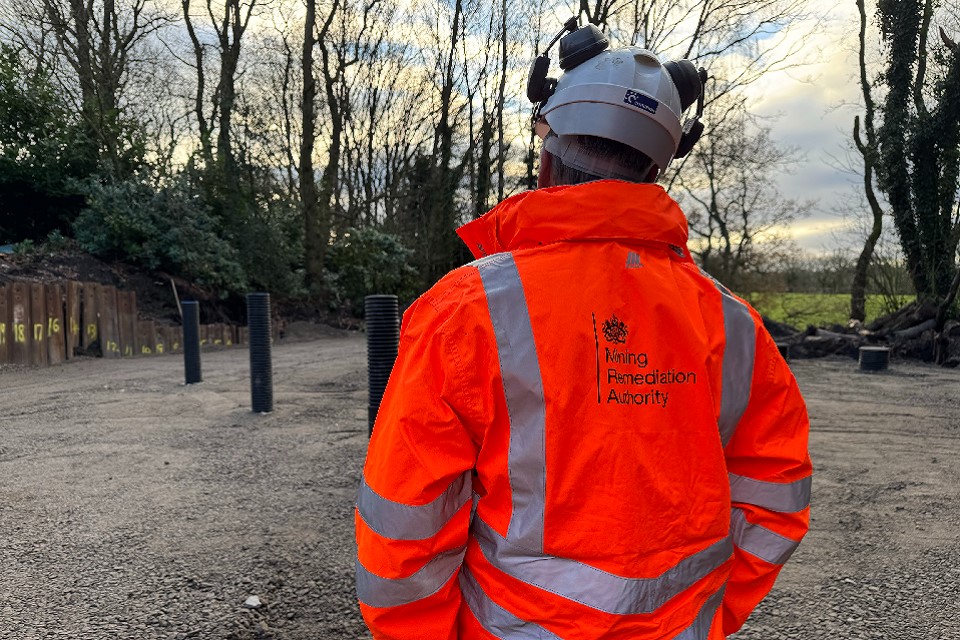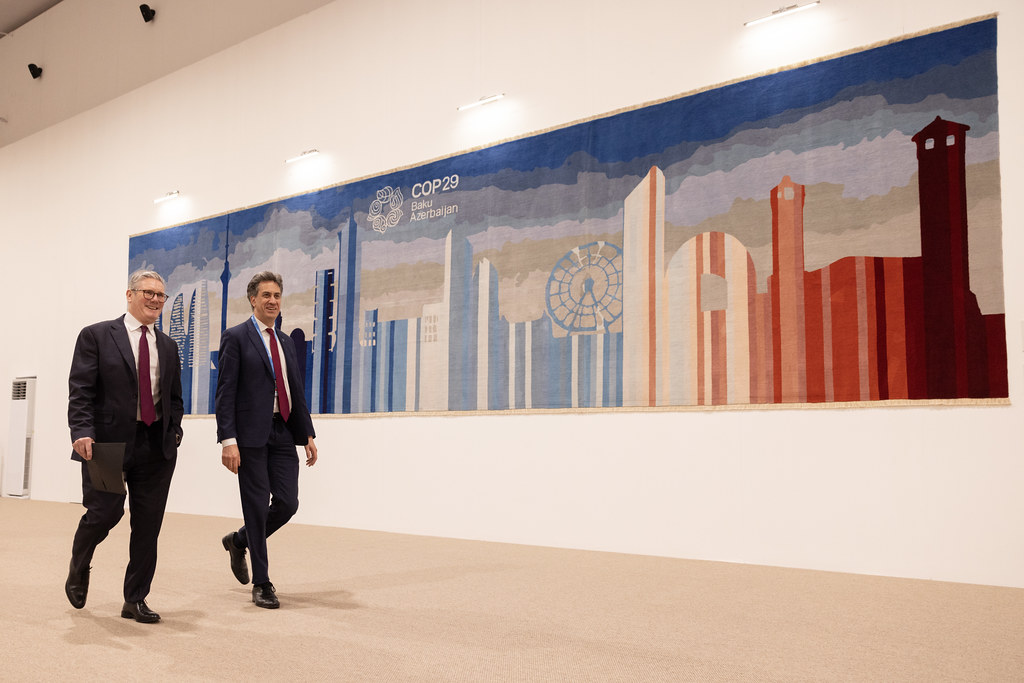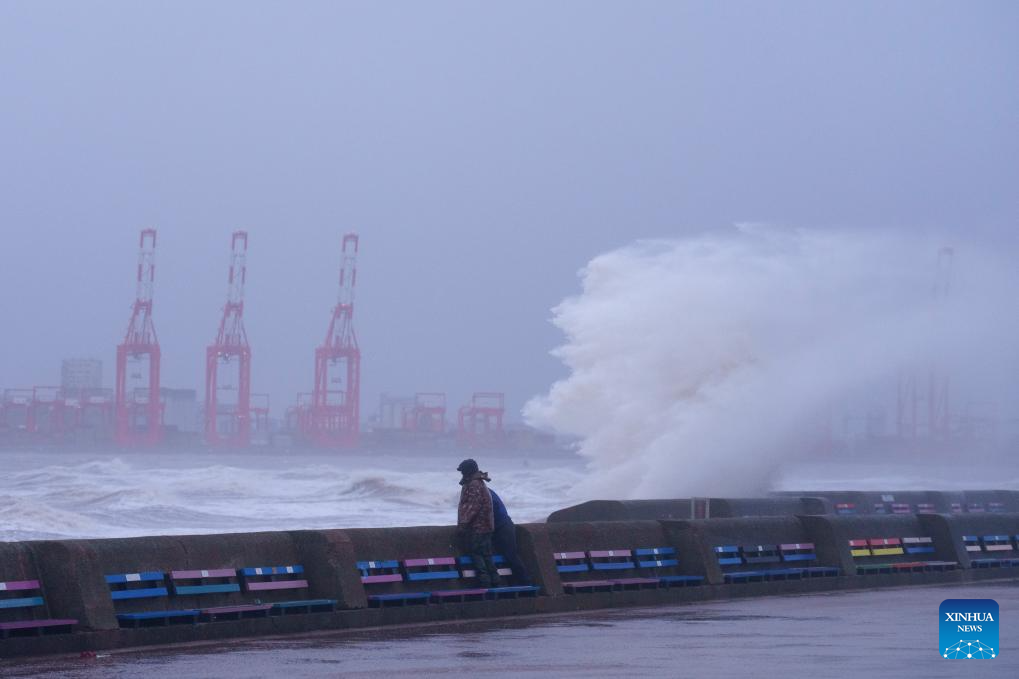New Delhi was ranked the world’s most polluted capital city for a second consecutive year followed by Dhaka (Bangladesh), N’Djamena (Chad), Dushanbe (Tajikistan) and Muscat (Oman)…reports Asian Lite News
Despite being this winter being the wettest, the overall winter average of PM2.5 has stayed elevated and the overall contribution of the local and regional sources were higher than that from stubble smoke, an analysis of winter pollution for Delhi-NCR by the Centre for Science and Environment (CSE) has said.
While there had been a minor drop in the seasonal level compared to previous winters, the level is still extremely high, and far from meeting the safety standards, the CSE researchers said, warning that if not acted upon immediately, this trend can worsen in the coming years negating the downward dip of the pandemic years.
The CSE carried out the analysis of real-time data from monitoring stations in Delhi-NCR for the entire winter period – starting from October 1, 2021 till February 28, 2022.
“Elevated pollution levels and smog episodes are evidence of the systemic pollution that has continued in the region due to inadequate infrastructure and systems for pollution control in all sectors. This can be tamed only if round the year action becomes more stringent and uniform across sectors and the region,” said Anumita Roychowdhury, Executive Director, Research and Advocacy, CSE.
Avikal Somvanshi, Programme manager, Urban Lab Analytics, CSE, said: “Even though there is considerable variation in seasonal averages across the region, winter pollution episodes are alarmingly high and synchronised in the region despite large distances. Despite being the wettest winter, the overall winter average of PM2.5 has stayed elevated and the overall contribution of the local and regional sources are higher than that from stubble smoke.”
According to SAFAR, smoke from the stubble fire in northern states started contributing to Delhi’s PM2.5 level from October 10, 2021 and ended on November 30, 2021. During these 52 days, the percentage contribution varied between one per cent and 48 per cent, with the latter being reported on November 7, 2021. This winter’s stubble fire season was four days shorter than the ones in the previous two winters. The number of days when percentage contribution was over 40 per cent was the same this winter as last year: just two days.
But if looked at from absolute concentration terms, this year had twice the number of days when the PM2.5 load from stubble fire was high enough to plunge Delhi’s air quality into ‘very poor’ category on its own. Further, these high contribution load days happened in a cluster, which indicates that the biggest bulk burning instances took place in a span of fewer days this year than in the previous years. This might be due to the extended monsoon which reduced the rain-free period before the sowing of the wheat crop.
The city-wide winter average for Delhi stood at 172 micro-gram per cubic metre, which is identical to the seasonal average of the winter of 2019-20 but is nine per cent lower than the seasonal average of 2020-21 winter. The seasonal peak was about five per cent lower than both preceding winters.
Number of days with severe or worse air quality bounced back to pre-Covid levels: This winter, 25 days had the city-wide average in ‘severe’ or ‘worse’ AQI category — up from 23 such days in the previous winter and on par with 25 days in the winter of 2019-20.
The CSE used data as recorded by 81 air quality monitoring stations under the Continuous Ambient Air Quality Monitoring System (CAAQMS) of the Central Pollution Control Board (CPCB) while the farm stubble fire data was sourced from System of Air Quality and Weather Forecasting and Research (SAFAR). Weather data was sourced from the Safdarjang weather station of Indian Meteorological Department (IMD).
Most polluted capital city in the world
New Delhi was ranked the world’s most polluted capital city for a second consecutive year followed by Dhaka (Bangladesh), N’Djamena (Chad), Dushanbe (Tajikistan) and Muscat (Oman).
Of the 15 most polluted cities in Central and South Asia in 2021, 12 were in India. New Delhi saw a 14.6 per cent increase in PM2.5 concentration in 2021, 96.4 Ig/m3, up from 84 Ig/m3 in 2020.
The annual PM2.5 concentration averages in 48 per cent of India’s cities, exceeded 50 Ig/m3 or more than 10 times the World Health Organization’s (WHO) air quality guidelines.
Crop burning is common in India, especially in the rice farms near Delhi during the winter months.
During crop burning season, smoke is responsible for up to 45 per cent of pollution in the city.
These startling facts came to light on Tuesday in the 2021 World Air Quality Report according to which only three per cent of cities and no single country has met the latest WHO PM2.5 annual air quality guidelines.
The report analyses PM2.5 air pollution measurements from air monitoring stations in 6,475 cities in 117 countries, regions and territories.
IQAir’s 2021 World Air Quality Report is the first major global air quality report based on updated annual WHO air quality guidelines for PM2.5.
ALSO READ-NW, Central, South-Central India country’s new heatwave hotspots


